Cats are curious, intelligent creatures that thrive when their environment offers stimulation and variety. Indoor cats, in particular, require extra attention to prevent boredom and the associated health issues like obesity. Engaging your feline friend in enriching activities can help maintain their physical and mental health. Here are ten creative ways to keep your indoor cat active and happily entertained.
Toy Rotation
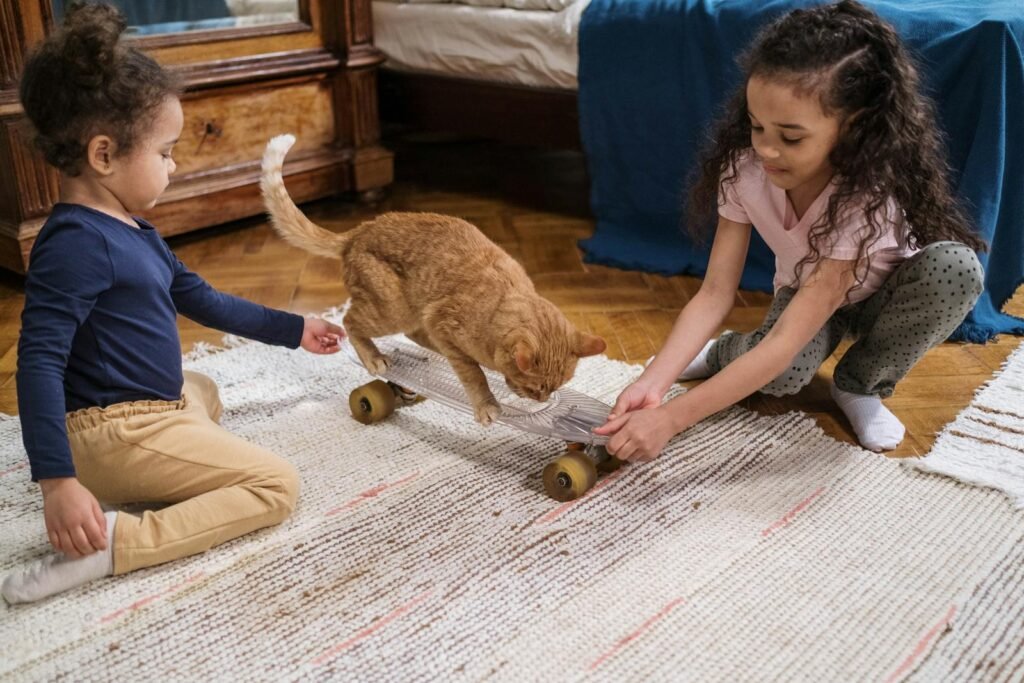
Just like children, cats can quickly lose interest in their toys. Rotating toys every few days can make old items seem new and intriguing again. Keep a selection of balls, feather toys, and interactive gadgets on hand, switching them out to maintain your cat’s interest. This simple strategy can work wonders in keeping your cat engaged and preventing boredom.
Interactive Play Sessions
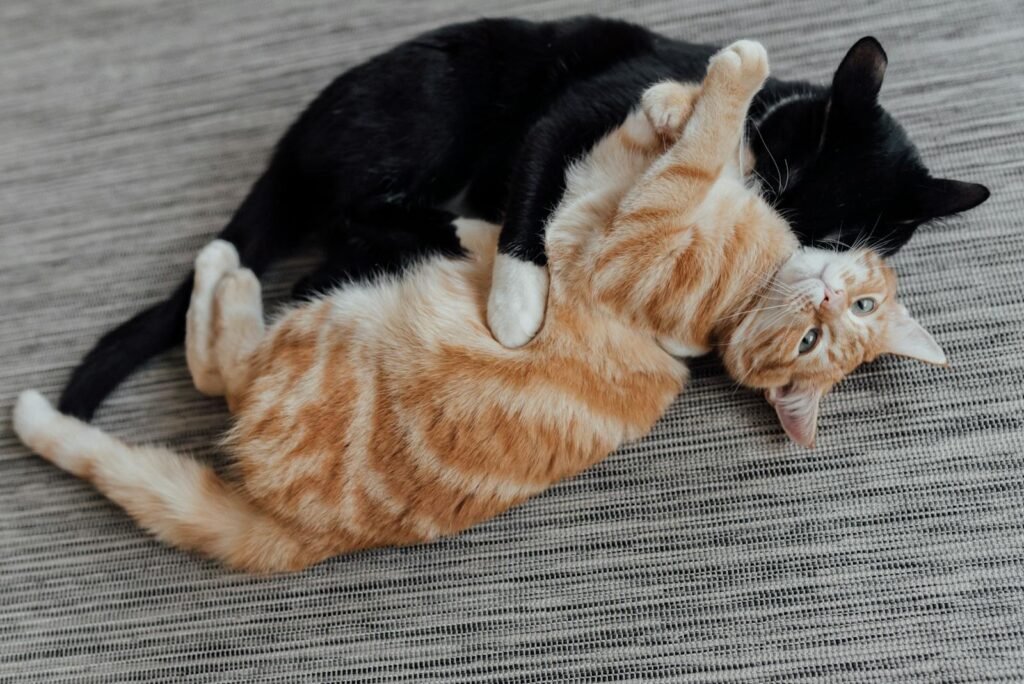
Interactive toys, such as wand toys and lasers, are an excellent way to simulate hunting and engage your cat’s natural instincts. Spend a few minutes each day playing with these tools, mimicking the movements of prey to encourage your cat to chase and pounce. This not only provides physical exercise but also stimulates their problem-solving skills.
Cat Trees and Scratching Posts
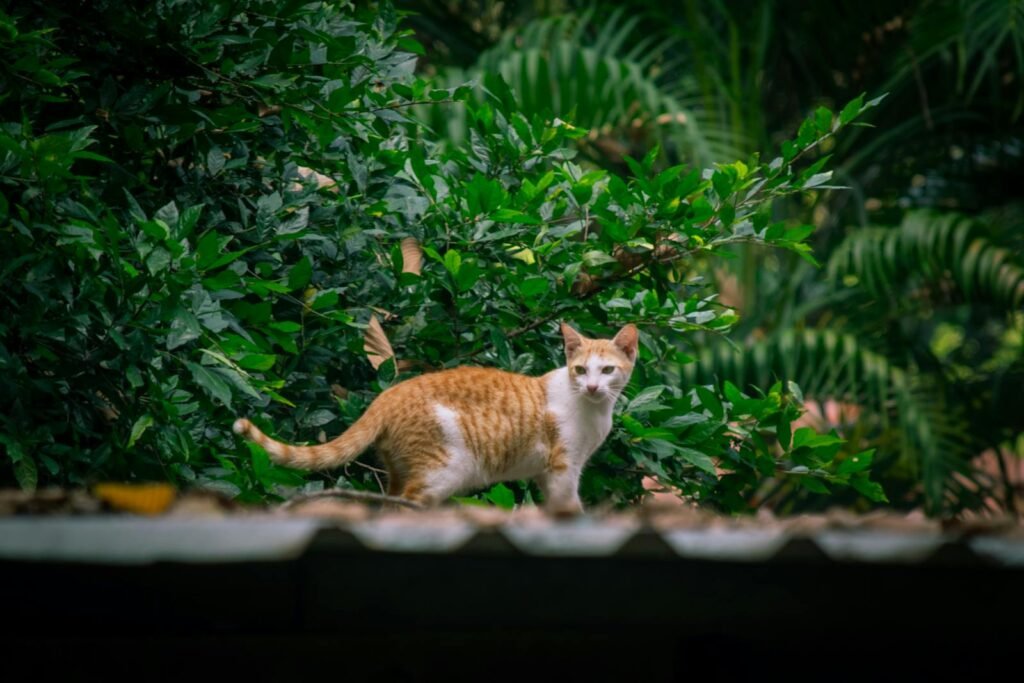
Install cat trees and scratching posts throughout your home to give your cat vertical spaces to explore and use for scratching. These structures cater to your cat’s urge to climb and scratch, keeping them active and reducing the likelihood of furniture damage. Cat trees equipped with perches and hiding spots offer additional places for your cat to rest and observe their territory.
Puzzle Feeders and Treat Dispensers
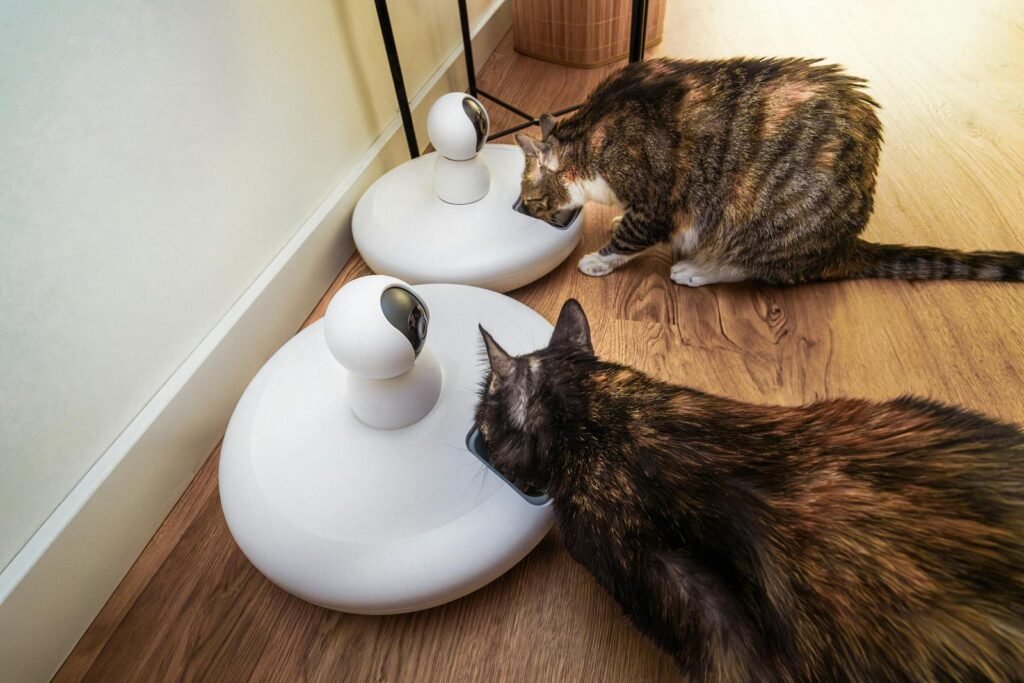
Puzzle feeders and treat dispensers challenge your cat to work for their food, turning mealtime into an engaging activity. These tools stimulate your cat’s mind, replicate the thrill of working for a meal, and help control their weight by preventing overeating. Start with simple designs and gradually introduce more complex puzzles as your cat becomes more adept.
DIY Obstacle Courses
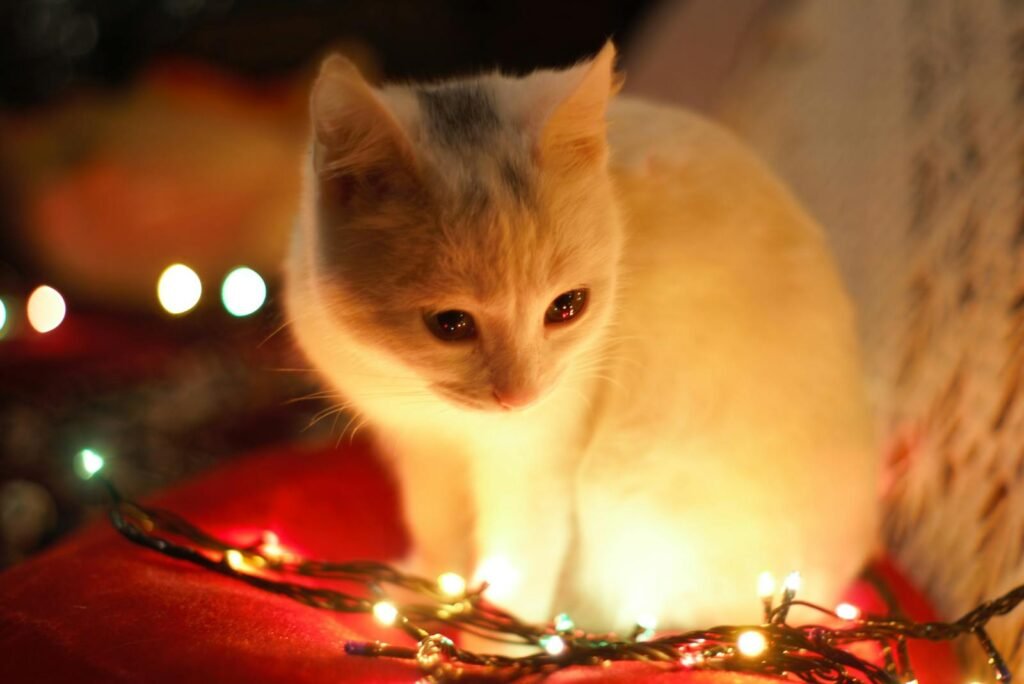
Tap into your creativity by designing an indoor obstacle course with everyday household items. Use cardboard boxes, tunnels, and furniture to create a maze that your cat can navigate. This setup offers both physical exercise and mental stimulation. Watching your cat explore and conquer the course can also provide endless entertainment for you.
Bird Watching Stations
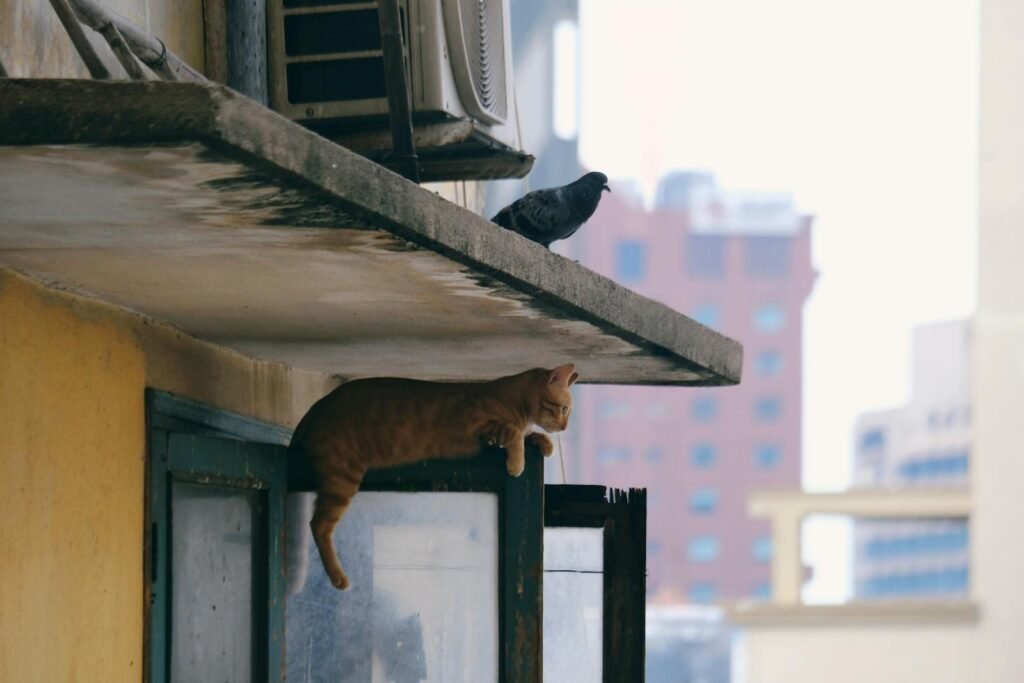
Set up a bird watching station by placing a cat bed or perch near a window with a view. Hanging a bird feeder outside the window can attract wildlife, providing hours of entertainment for your cat as they watch birds flutter about. This passive form of engagement can keep your cat mentally stimulated without requiring much effort on your part.
Interactive Cat Videos
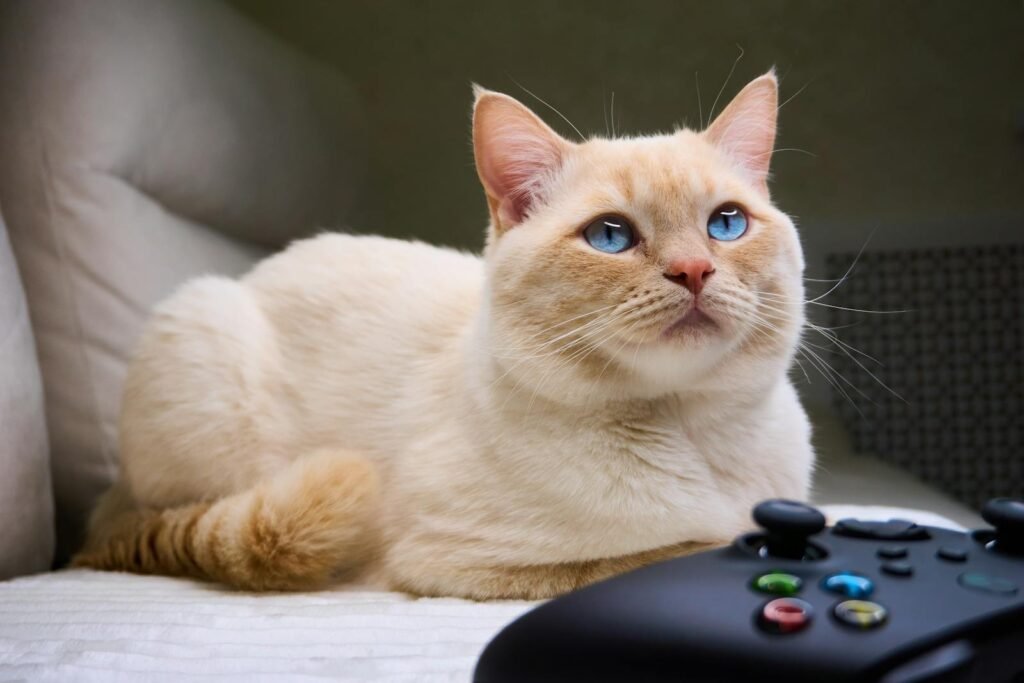
Many platforms offer videos specifically designed to entertain cats, featuring birds, rodents, and insects moving across the screen. Allow your cat to watch these videos as an occasional treat to stimulate their visual and auditory senses. Ensure your cat remains at a safe distance from screens to avoid straining their eyes.
Training and Tricks
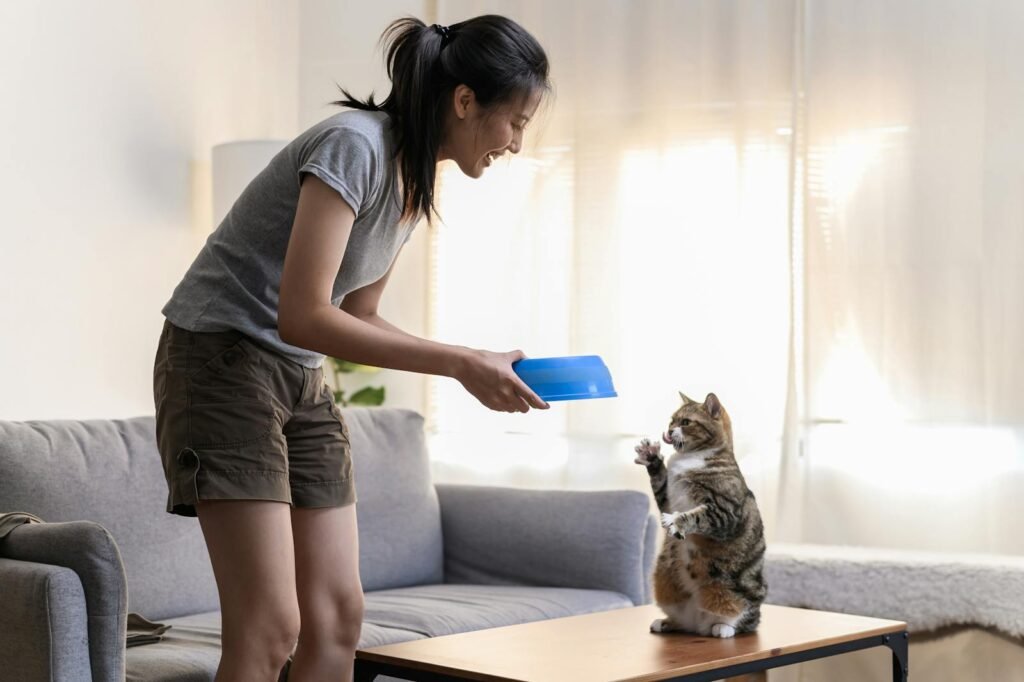
Teaching your cat tricks is not only possible but also a rewarding experience for both of you. Use positive reinforcement techniques to teach commands like “sit,” “high-five,” or navigating a set of hurdles. These sessions can enhance your cat’s mental acuity, strengthen your bond, and increase their confidence.
Catnip Toys
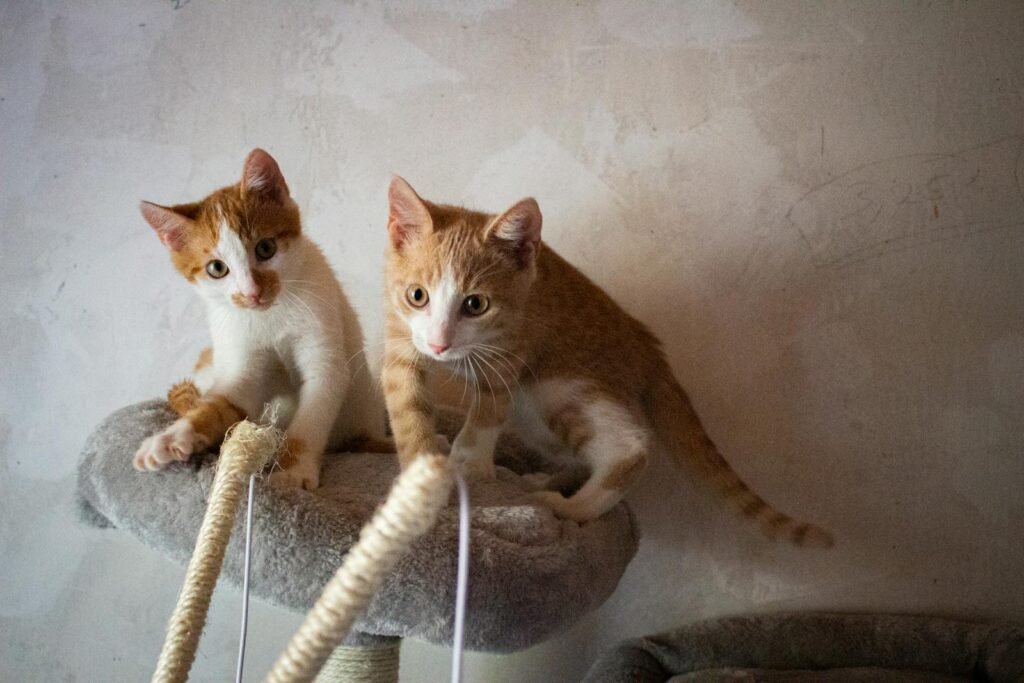
Introduce catnip toys to your feline friend for a boost of excitement. Catnip responds to a cat’s olfactory senses, often eliciting playful and energetic behavior. Not all cats react to catnip, but for those that do, it can be an effective way to add variety and fun to playtime. Always supervise your cat’s interaction to ensure they don’t ingest any toy materials.
Companion Cats
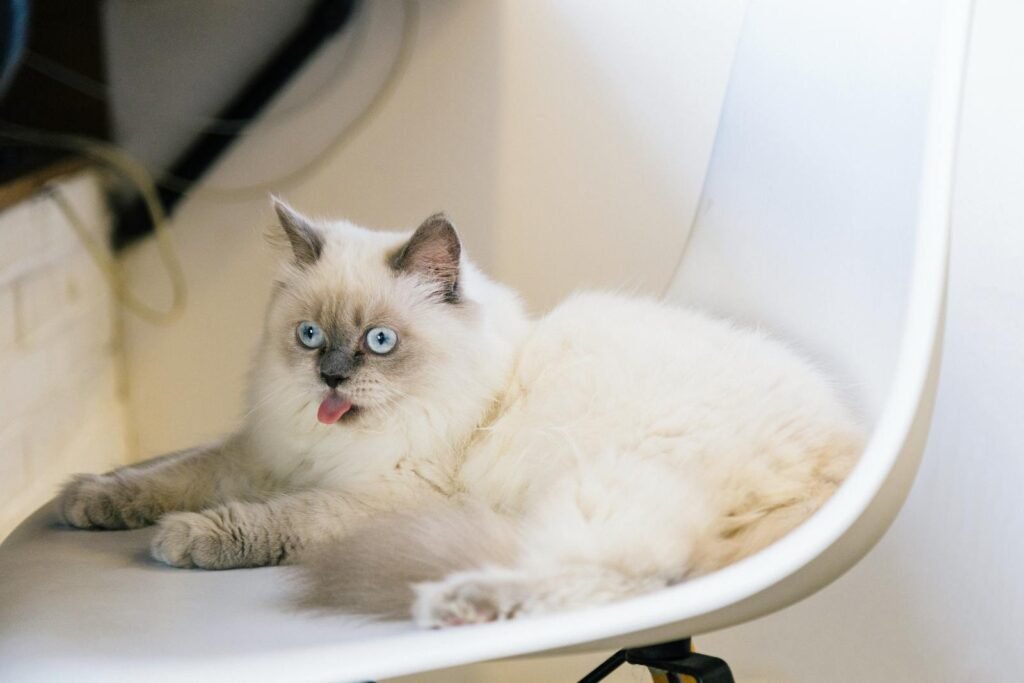
If your lifestyle and space allow, consider adopting a second cat. Companionship with another feline can provide social interaction and additional play opportunities. Be sure to introduce the cats gradually and under supervision to ensure they develop a healthy and amicable relationship.
In conclusion, keeping your indoor cat engaged and active requires creativity and commitment. A well-stimulated cat is a happy and healthy cat, less likely to develop behavioral or weight issues. By integrating a variety of activities and environmental enrichments into your cat’s routine, you’ll ensure they live a fulfilling and enriched life indoors.

Suhail Ahmed is a passionate digital professional and nature enthusiast with over 8 years of experience in content strategy, SEO, web development, and digital operations. Alongside his freelance journey, Suhail actively contributes to nature and wildlife platforms like Feline Fam, where he channels his curiosity for the Feline into engaging, educational storytelling.
With a strong background in managing digital ecosystems — from ecommerce stores and WordPress websites to social media and automation — Suhail merges technical precision with creative insight. His content reflects a rare balance: SEO-friendly yet deeply human, data-informed yet emotionally resonant.
Driven by a love for discovery and storytelling, Suhail believes in using digital platforms to amplify causes that matter — especially those protecting Earth’s biodiversity and inspiring sustainable living. Whether he’s managing online projects or crafting wildlife content, his goal remains the same: to inform, inspire, and leave a positive digital footprint.






